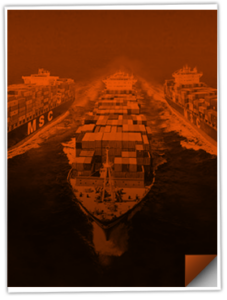What is the Automated Export System (AES)?
The Automated Export System (AES) is the electronic filing system used by U.S. exporters to report export shipment data to the U.S. government. It is managed by U.S. Customs and Border Protection (CBP) in partnership with the U.S. Census Bureau.
Exporters, freight forwarders, or authorized agents use the Automated Export System to file Electronic Export Information (EEI)—which is required for most international shipments leaving the United States.
Why is the Automated Export System Important?
- Legally Required: Filing EEI via AES is mandatory for shipments valued over $2,500 (per Schedule B number) or if an export license is required.
- Customs Compliance: AES ensures the government has visibility into U.S. export activity and supports enforcement of export control laws.
- Trade Statistics: The Census Bureau uses AES data to compile official U.S. export statistics.
- Shipment Clearance: Carriers cannot load cargo for export without an Internal Transaction Number (ITN) issued through AES.
Who Must File in AES?
- U.S. Principal Parties in Interest (USPPI)
- Freight forwarders (acting as agents)
- Exporters of licensed or controlled goods
- Anyone shipping items that meet the EEI filing threshold or fall under Export Administration Regulations (EAR) or International Traffic in Arms Regulations (ITAR)
Example in Practice
An exporter in Florida is sending machinery worth $10,000 to Brazil. Because the shipment exceeds the $2,500 threshold, they must file EEI through AES and obtain an ITN before the cargo is loaded onto the vessel.



